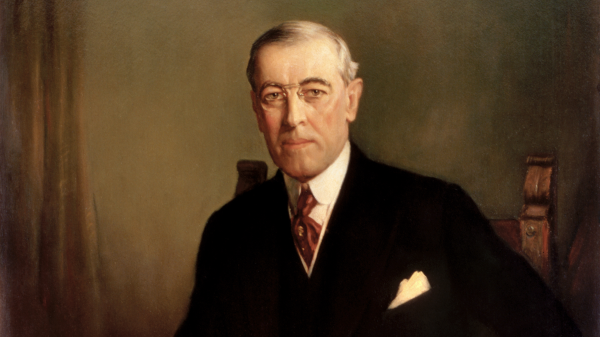Somewhere in the lore of rock history, it’s said that Bob Dylan ran away from home seventeen times. At first glance, that feels like a quirky bit of trivia—something you’d toss into a late-night conversation with a guitar player and a half-empty cup of diner coffee.
But if you lean in, squint a little, and think critically, the number isn’t just a fact—it’s a window into a story. It tells us things without actually saying them outright.
What the Numbers Whisper
-
He came back 16 times.
Or maybe he was dragged back. For every bold dash toward freedom, there’s an unseen force tugging him home. Parents, neighbors, police? We don’t know—but it happened. -
He succeeded once.
Because really, if you ran away seventeen times, only once needed to stick. If you pulled it off twice, that’d be repetitive. By the seventeenth try, he had written his escape into permanence. -
He was a minor.
Sixteen attempts meant sixteen returns under someone else’s authority. It wasn’t until the last one that adulthood, opportunity, or sheer determination freed him from being sent back.
Already we’ve gone from trivia to narrative. Without inventing new details, we pulled more story from the same sentence.
The Bible and the Runaway
This is how Scripture often works. A verse is not just words—it’s depth, silence, context, and resonance. Reading critically doesn’t mean adding anything to it. It means pulling from what’s already there, like tugging threads in a woven fabric.
Take, for example, the feeding of the five thousand. The text doesn’t say anyone complained about the menu, but the silence tells us something about hunger and gratitude. Or when Paul writes letters, the questions he doesn’t answer sometimes tell us as much about the people as the answers he does give.
Reading the Bible with Dylan’s “seventeen times” in mind means we don’t just skim for facts. We ask:
-
What does this imply?
-
What does the silence suggest?
-
What had to be true for this to even happen?
It’s not about adding to the Word. It’s about listening between the notes, the way music is carried as much by the rests as by the chords.
An Example: Galatians 6:11
Paul gives us a fascinating detail in his letter:
“See what large letters I use as I write to you with my own hand!”
Why did he mention this? Let’s read between the lines:
-
He could not entrust anyone else.
Paul usually dictated to a scribe. But here, he takes the pen himself. The message was too important, too personal, too critical to risk distortion. -
Large letters mean clarity.
He wanted to stress his words so there would be no confusion. No mistaking what needed to be said, no wiggle room for reinterpretation. This was non-negotiable truth. -
It carried urgency.
Perhaps Paul was writing quickly, passionately, unwilling to wait for a secretary to catch up. A scribe might have slowed him down, asked clarifying questions, or softened his tone. Paul’s big letters carry the pulse of his urgency—both a rebuke and an exhortation.
See how it works? The text doesn’t spell out all of this, but the detail invites us to infer. The very act of Paul writing in his own hand makes Galatians impossible to take lightly. It’s not prophetic imagery. It’s not allegory. It is direct, urgent, and must be received straight to the heart, as-is.
Conclusion: The Seventeenth Time
Bob Dylan’s 17th runaway attempt wasn’t just another try—it was the one that mattered. The same way, when we read Scripture, it’s not just the words on the page but the layered meanings within them that matter. Critical thinking—reading between the lines—doesn’t distort truth; it uncovers it.
So the next time you hear a random piece of trivia like “Bob Dylan ran away 17 times,” pause. Somewhere in there is a sermon, a parable, or a reminder: sometimes the real meaning is hiding in the spaces we almost overlook.




